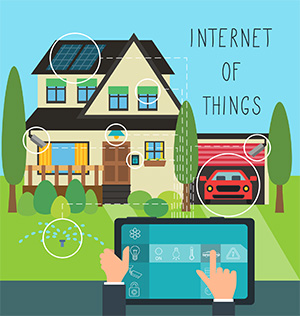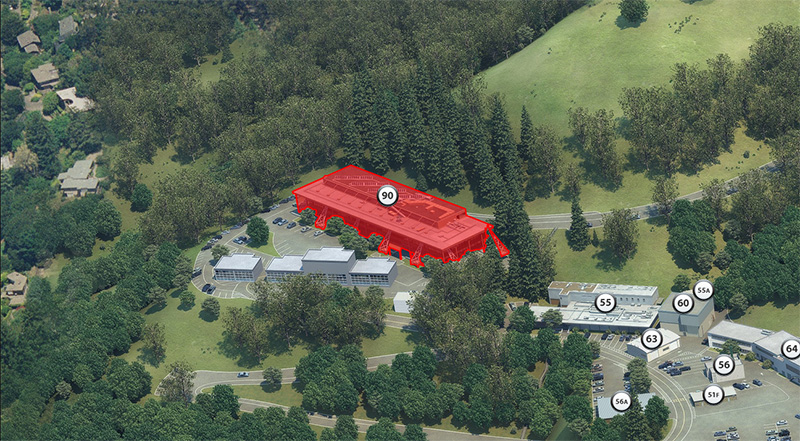I recently took a field trip to the Lawrence Berkeley National Laboratory. My colleagues and I spent the afternoon with the applied sciences team touring the facilities of the Energy Technology Area (ETA) and discussing new fangled building technologies, air quality and the Internet of Things. It was truly a fascinating discussion and quite the learning experience.
The ETA is funded by the U.S. Department of Energy and the University of California. The goal is to develop better energy technologies. The team’s research includes a variety of topics such as heating and cooling systems, smart windows, sensors, batteries and more.
The ETA features a few small buildings that facilitate testing and research. In fact, one of the buildings resides on a Lazy Susan that actually rotates with the sun – maximizing the potential of solar energy. Each of the units is connected to a state-of-the-art heating and cooling system. The units act as a sandbox and the testing inside ranges from indoor air quality to electricity technology.
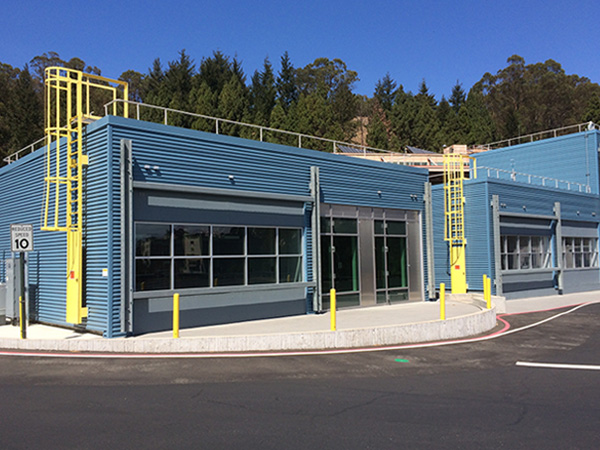
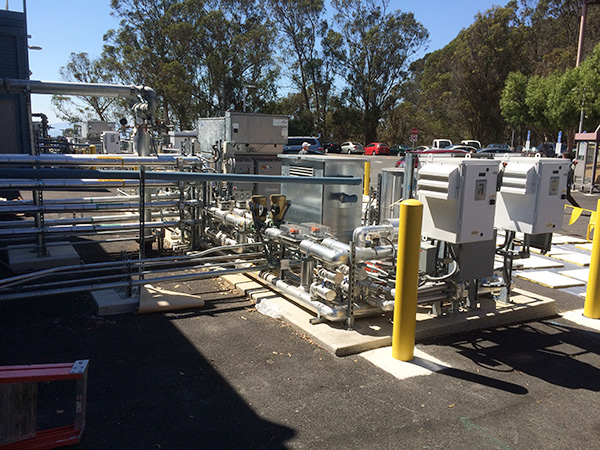
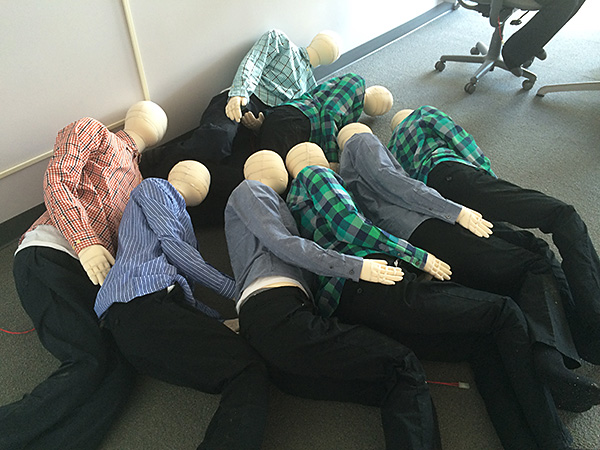
On the field trip, I had the pleasure of meeting Alan Meier who is the Senior Scientist of the Environmental Energy Technologies division and also the Senior Executive Editor of Home Energy. He introduced the premise of the “Internet of Annoying Things.” As Meier so astutely wrote: “as the Internet of Things expands from a few linked devices to a pervasive network, I fear that aggravation will soon replace appreciation.”
He has a point. There will be 1.9 Billion connected home devices shipped by 2019. These devices will be developed by different manufactures and developed on different platforms. Managing smart devices (thermostats, refrigerators, smoke alarms, crock pots, etc.) with different platforms and protocols will be a real hassle.
John Parkinson, CEO of Entertainment Experience LLC, recently took a stab at mapping out the Internet of Things landscape. He categorized the space into six buckets:
1: People
2: Vehicles
3: Homes
4: Towns
5: Commerce
6: Industrial
The end result was this map. As you can see, this is a crowded space with many moving parts that will impact the consumer and potentially create a negative user experience.
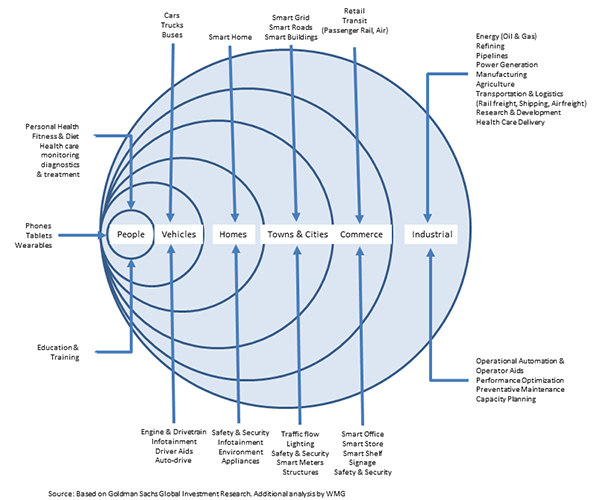
Could there be a “beacon” of light at the end the tunnel?
I asked Chad Curry, Managing Director for NAR’s Center for REALTOR Technology, if there is an opportunity for Interoperability? Curry said even though there are many different protocols, there are products coming to market and in labs that will work like a Rosetta Stone for these devices.
“They’ll be able to provide a unified interface and interaction model with little to no setup from the end user. Although, it would be ideal to standardize these devices, people are already working on how to get them to work outside of this.”
In the meantime, my hope is that consumers will continue to introduce these connected devices into their lives with ease and early adopters / power users will avoid any annoying, complicated incompatibilities.
NOTES: The field trip occurred during this years Inman Connect conference in San Francisco and was spearheaded by Chad Curry. In attendance was:
Chad Curry
Aleksandar Velkoski
Dan Troup
Jeff Turner
And Myself
You can learn more about the Lawrence Berkeley National Laboratory here.
